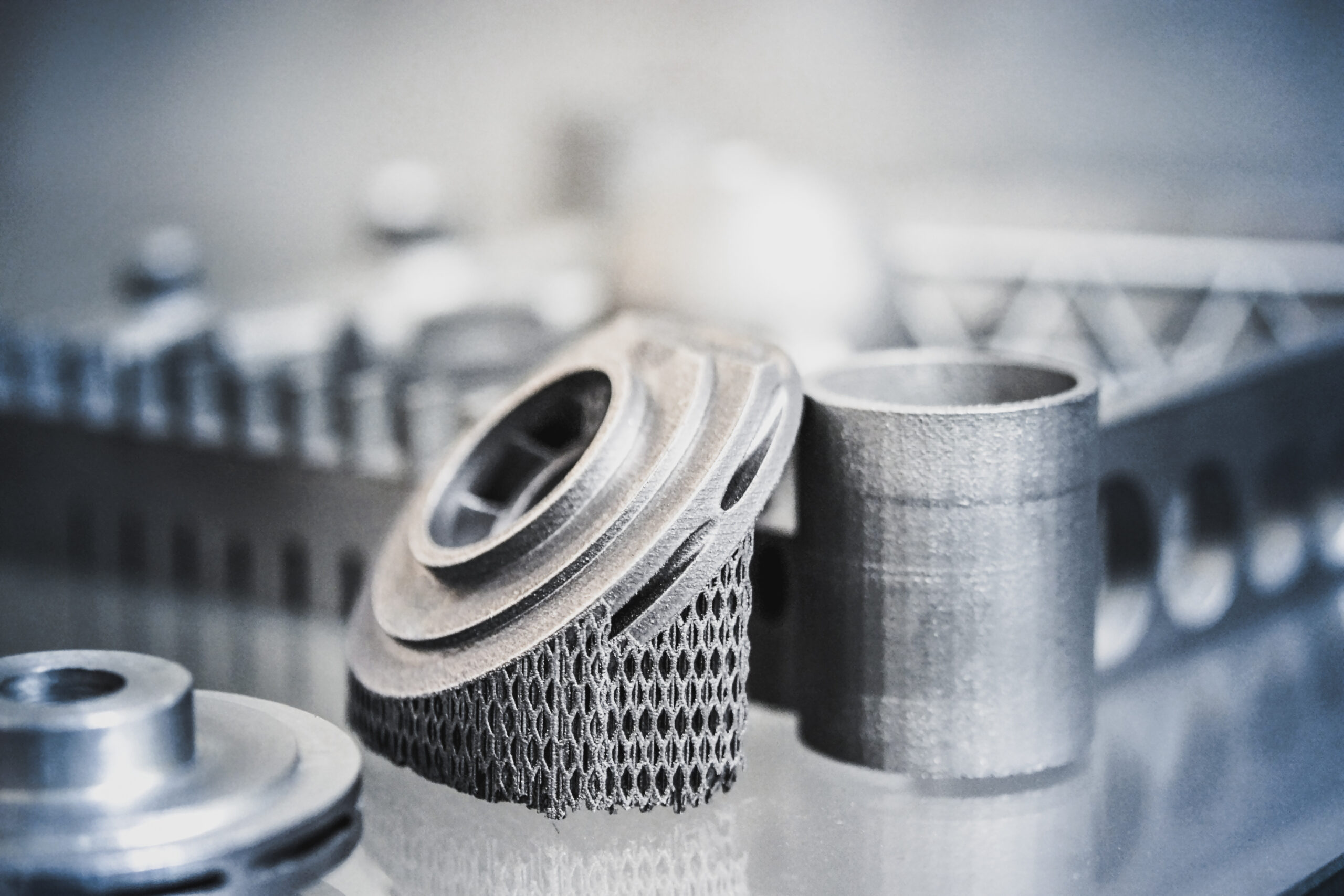
Future Manufacturing Unlocked: Crafting a Case for Industrial Additive Manufacturing

In today’s fast-paced and fiercely competitive business environment, innovation is key to staying ahead of the curve. Industrial Additive Manufacturing (AM) has emerged as a game-changer, presenting companies with unique opportunities to overhaul their production methods. However, integrating AM into existing workflows isn’t merely a matter of acquiring new technology—it necessitates a solid business case that shows tangible returns on investment.
The Importance of a Business Case for Industrial AM
Making a case for industrial AM isn’t just about the latest technological advancements—it’s about demonstrating benefits that align with the organisation’s strategic objectives. Here’s why crafting a solid business case is essential:
- Alignment with Strategic Goals: A well-defined business case articulates how the adoption of AM aligns with the company’s overarching goals and vision. Whether it’s reducing production costs, improving product quality, or enhancing supply chain resilience, the business case should clearly illustrate how AM contributes to achieving these objectives.
- Resource Allocation: Implementing AM involves significant investment in terms of technology, training, and infrastructure. A robust business case helps justify these expenditures by outlining the potential returns and long-term value generated by adopting AM technologies.
- Risk Mitigation: Like any major business decision, integrating AM carries risks. These can range from technical challenges and regulatory hurdles to market uncertainties. A well-structured business case identifies potential risks and outlines mitigation strategies to ensure a smooth transition with AM.
- Competitive Advantage: A strong business case for industrial AM will show how it can boost efficiency and productivity while also positioning the organization as an innovative leader in technology adoption.
Crafting an Effective Business Case for Industrial AM
Now that we understand the importance of a business case, let’s explore how to create one that resonates with stakeholders and drives decision-making:
- Define Clear Objectives: Clearly outline the goals of adopting AM, whether it’s speeding up production, customizing products, or streamlining supply chains.
- Quantify Benefits: Identify and measure the potential advantages of AM implementation, such as cost savings, improved efficiency, waste reduction, and better product performance, using data and metrics to back up your claims.
- Understand Stakeholder Needs: Take into account the concerns and perspectives of various stakeholders, tailoring your case to show how AM adds value to their roles and responsibilities.
- Risk Assessment and Mitigation: Conduct a thorough risk assessment to identify potential challenges, such as technical issues or regulatory hurdles, and develop strategies to address them proactively.
- Cost-Benefit Analysis: Provide a detailed analysis comparing the investment required for AM with the expected returns over time, considering both direct and indirect costs as well as intangible benefits like enhanced innovation capabilities and brand reputation.
- Continuous Evaluation: Recognize that the business case for industrial AM evolves over time, adjusting to technological advancements, changing market conditions, and shifting organizational priorities. Continuously refine and update your case to ensure its effectiveness in driving AM adoption.
Unlocking the Future of Manufacturing
Writing a compelling business case for industrial Additive Manufacturing is essential for organisations looking to harness the full potential of this transformative technology. By aligning AM adoption with strategic objectives, quantifying benefits, understanding stakeholder needs, and mitigating risks, companies can make a strong case for investing in AM and secure buy-in from decision-makers. Ultimately, a well-executed business case lays the foundation for successful AM implementation, enabling organisations to drive innovation, improve competitiveness, and unlock new opportunities for growth.
Learn more about how FIP-AM@UT is helping HP Valves assess their capabilities and potential for implementing Additive Manufacturing (AM) to optimise production processes and reduce costs: AMII Valves project
